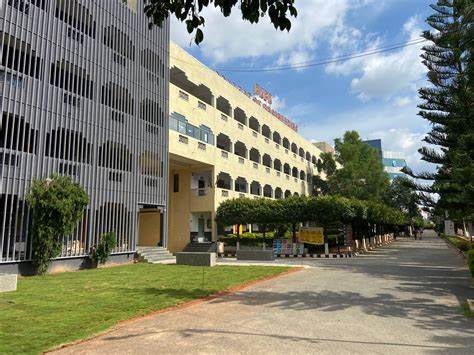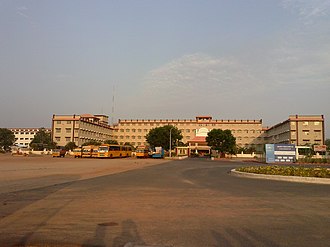BE IT in India is a four-year graduate degree program, which deals with the application of computer systems for storing, studying, transmitting, and manipulating available data or information. Such graduates are hired as Database Administrator, IT System Manager, System Administrator, Technical Trainer, Software Developer, Project Leader etc.
BE IT is an undergraduate Engineering course in the domain of Computer Science with a specialization within the area of Information Technology and its related aspects. BE Information Technology courses in India is a specialized sub-domain of Computer Science focused on the application of the acquired Computer Science concepts.
According to Wikipedia, “A Bachelor of Information Technology is an undergraduate academic degree focused on computers and technology, it differs from a Computer Science degree and there are reduced requirements for mathematics.”
Students often wonder about BE IT course details before choosing the course. Before deciding on a career, students come across queries like, "What is BE IT Course?" and "Why choose BE Information Technology?”. To clearly understand answers to these questions, we have framed the following three pointers:
Bachelor of Engineering in IT is a specialized engineering program in the domain of computer and Information Technology. The motive of the course is to provide students with sufficient knowledge and skills that they would be required to channelize their learning in a practical sense when they enter the job market.
Information Technology engineering undergraduates have plenty of options to choose from in terms of their careers. One can choose to work as Database Administrator, IT System Manager, System administrator, Technical Trainer, Software Developer, Testing Products, Web Development etc.
Software Developer: They are responsible for undertaking all software development stages. They are also responsible for the backend support of the software that they create. This job involves coding and structuring software programs for various devices and interfaces.
|
Semester I |
Semester II |
|
Physics |
Data Structures using C |
|
Chemistry |
Mathematics II |
|
Mathematics I |
Engineering Graphics |
|
Engineering Mechanics |
Electronic Devices |
|
Semester III |
Semester IV |
|
Mathematics III |
Operating Systems |
|
Fluid Mechanics |
Computer Graphics |
|
Database Management Systems |
Discrete Mathematics |
|
Digital Systems |
Management Information System |
|
Semester V |
Semester VI |
|
Software Engineering |
Microprocessor |
|
VHDL Programming |
System Programming |
|
Computer Architecture |
Advanced Networking |
|
Java Programming |
Microprocessor Lab |
|
Semester VII |
Semester VIII |
|
Artificial Intelligence |
Digital Image Processing |
|
Advance DBMS |
Network Operating System |
|
Software Project Management |
Project Work |
|
Industrial Training |
Comprehension Viva-voce |


Student Review About Course